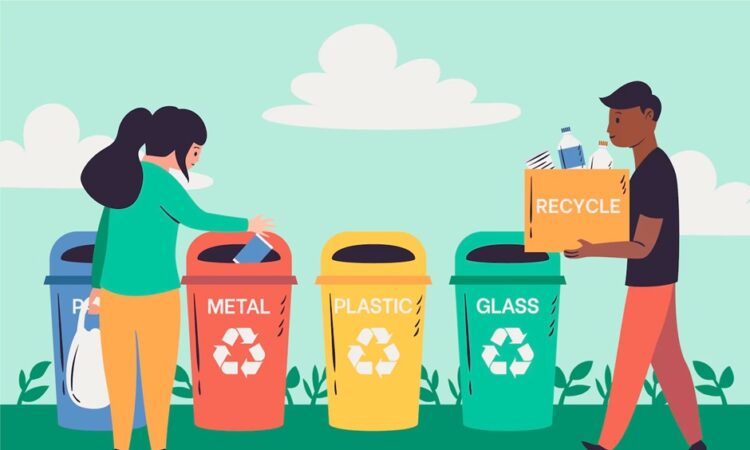
The EPA’s municipal solid waste data shows that the average American generates roughly 4.9 pounds of waste daily over 35 years. Reducing waste may look daunting, but it doesn’t have to be. You may not have the time or resources to complete it flawlessly, but don’t let that deter you!
From taking sustainable actions to buying eco-friendly gifts, there are numerous ways to reduce your waste in a way that fits your lifestyle. To help you get started, we’re sharing a list of easy waste tips. There is no pressure or judgment—just try these tips and see what works for you!
Reduce Your Packaging Purchases
Avoiding products wrapped in plastic or heavily packaged in boxes and bags is a fantastic approach to reducing waste. You’ll also conserve energy and natural resources.
- Stay away from packaging when possible. For example, use a reusable bag or container that you possess.
- Use your existing products to do household tasks. Avoid single-use cleaning supplies.
- Purchase huge economy-sized products instead of single-wrapped things. Examples are shampoo, laundry soap, dishwashing detergent, dry pet food, cat litter, and other non-perishable goods. Buy the maximum size of food that you can utilize before it goes bad.
- Buy goods in concentrate, reusable, or in bulk quantities. For example, bulk candy will require much less wrapping than a bag of “Fun Size” candy bars.
Bring Your Bag to Avoid Plastic Bags
When you leave the home, always carry your bag. Consider bringing your reusable bag instead of utilizing single-use plastic ones. You can also use cotton bags for loose fruit and vegetables and often wear a backpack for easy storage of purchases.
It can be best to use the perfect-size bags for carrying food or shopping at home. Just bring the stuff if you forget, or the worst happens! Don’t be embarrassed to say no to single-use plastic; use your hands to reduce waste.
Reduce Landfill by Cardboard Recycling
One of the most significant advantages of cardboard recycling is reducing waste dumped in landfills. Landfill sites are notoriously damaging to the surrounding area through air and water pollution. So, recycling more cardboard will reduce the amount that ends up there and mitigate the negative impacts.
Some organizations are dedicated to recycling and waste management, aiming for zero-waste-to-landfill through various waste minimization methods, reuse, and recycling. They recycle 92% of all materials, aiming to minimize waste by diverting it from landfills.
Recycle the Materials
Recycling keeps things out of landfills by repurposing used materials to create new, reusable products. Proper recycling also keeps material out of the landfill and lessens pollution in the recycling stream.
Moreover, electronic waste recycling saves space in landfills and prevents the environmental pollution caused by the contaminants. Recycling also lessens the necessity for landfills in the first place. Products manufactured from recycled materials use less water, produce less pollution, and utilize less energy.
Compost the Waste
Did you know removing up to 25% of the items in your trash from the waste stream and composting them in your backyard is possible? Composting is a good option for leftover fruit and vegetable scraps, egg shells, coffee grounds, grass clippings, and leaves.
Composting, despite requiring more effort than other lifestyle changes, offers a significant return on investment in time and effort. Depending on the circumstances, you may have compost in three to twelve months to use in your garden.
You’ll save money on fertilizers; if you grow your vegetables, you’ll see better harvests. Organic matter acts as a sponge, absorbing more water, reducing the need for excessive watering, and saving money and time.
